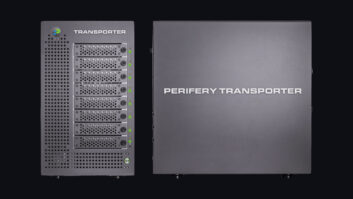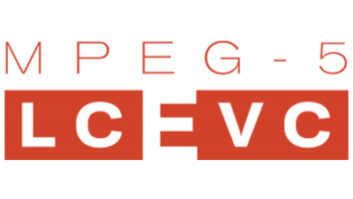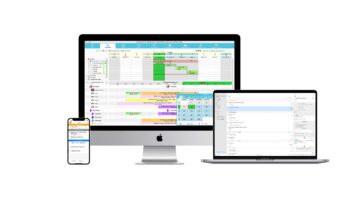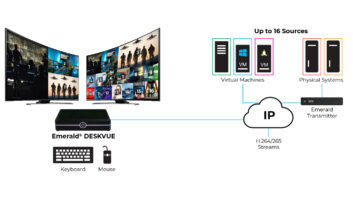Mark Davies, director of products and technology, TSL explains why the shortage of components is still influencing R&D decisions, and why helping customers reduce power consumption is a key area of focus.
What impact has the pandemic and its continuing aftereffects had on the company’s approach to R&D and product development?
The pandemic and its aftermath have influenced the approach of technology companies like TSL in terms of R&D and product development. The move to forced remote working required initial investment not usually associated with R&D. For example, the supply of laptops for R&D staff when everyone in the world urgently wanted to buy a laptop. The provision of remote access to engineers’ powerful computers, back at base, used for the design of FPGA’s (Field Programmable Gate Arrays) and software. We quickly embraced remote working for our R&D teams and continue to embrace the hybrid working model today.
What are the biggest challenges you are facing in R&D and product development/deployment in the current landscape?
The biggest challenge is the shortage of components. This started not long after the first lockdowns and is still influencing R&D decisions. The first consideration when designing a new product is: Can we secure a part at a cost-effective price, in the volumes we need for the life of the product? The second consideration is: Can we obtain the parts we need in the short term to produce and hence debug a prototype? However, this challenge has made us look at some new vendors, not traditionally considered, which can turn up new and innovative solutions.
Where do you see the most opportune areas for innovation in your area of the market, and what tech/solutions will drive that development?
We see a significant opportunity to help broadcasters become more sustainable and cut the cost of powering their data centres. Approaching regulations and directives will make this a business imperative.
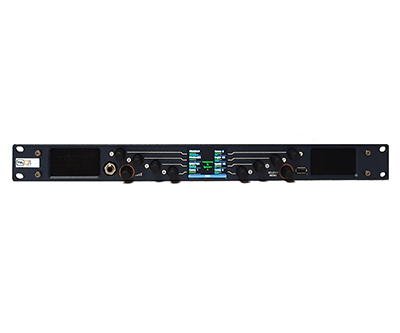
In broadcast, you are using significant amounts of power in what the guidance and coming regulations will consider to be data centres. As a result, standards like ISO 30134-2 covering the power usage effectiveness (PUE) of data centres – specifically targeted around contributing to the UN’s sustainable development goals 9,11, 12 and 13 – will apply.
The combination of intelligent PDU’s (Power Distribution Units) and InSite offers a solution to reduce power consumption. TSL PDU’s allow customers to effectively measure power consumption. To make a change to something, you first must measure it. This is where TSL PDU’s become a vital part of your infrastructure.
What are you working on currently that excites you as a product team?
We are excited to introduce redundancy to our TallyMan product line, helping broadcasters ensure continuity of broadcasting operations. In the dynamic world of live broadcasting, technical failures or network disruptions can have severe consequences, leading to downtime, loss of viewership and SLA penalties. TM1-Redundancy provides backup systems and failover mechanisms that automatically switch to a redundant control processor in the event of a failure. This guarantees seamless continuity of the broadcast, preventing on-air disruptions and maintaining audience engagement. By minimising downtime and maintaining reliability, redundancy control products help broadcasters deliver consistent and high-quality content, safeguarding their reputation and maximising audience satisfaction.
